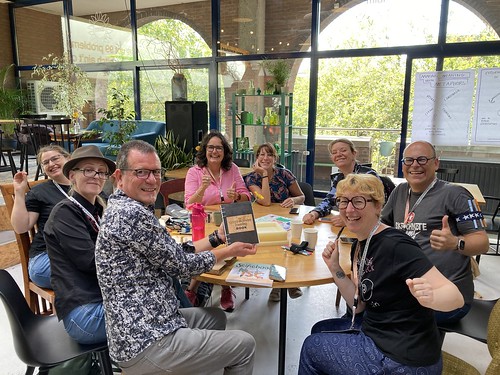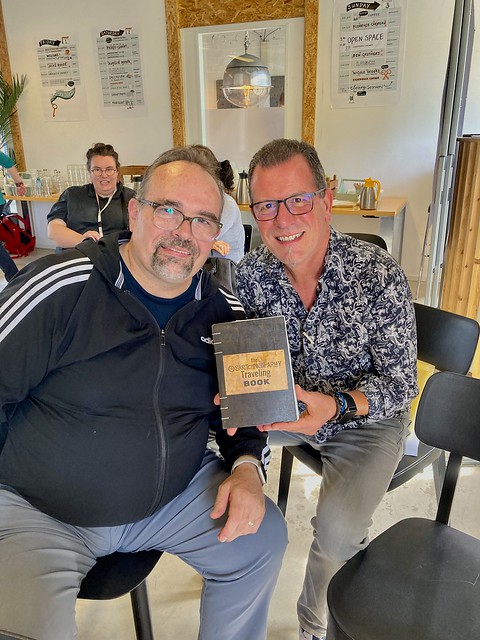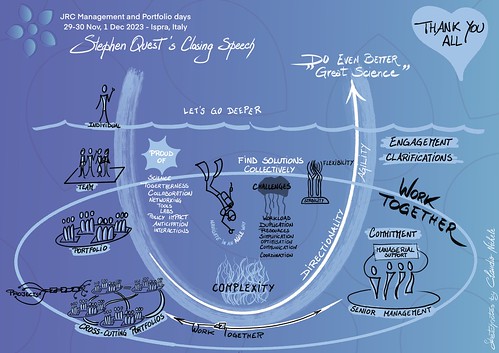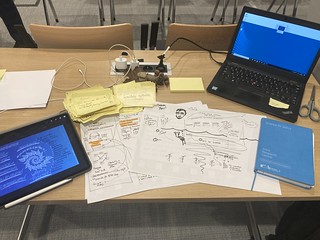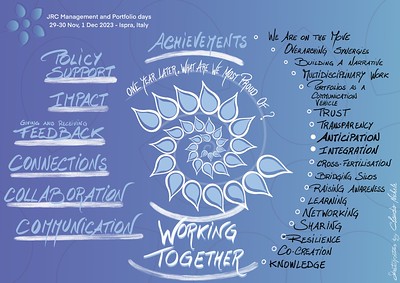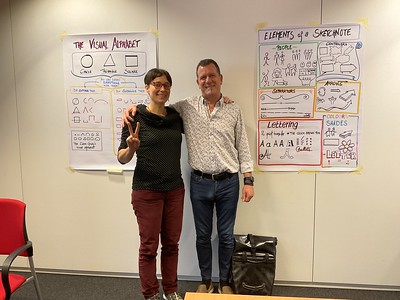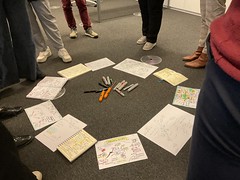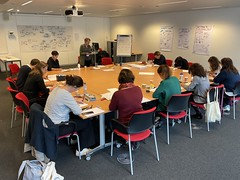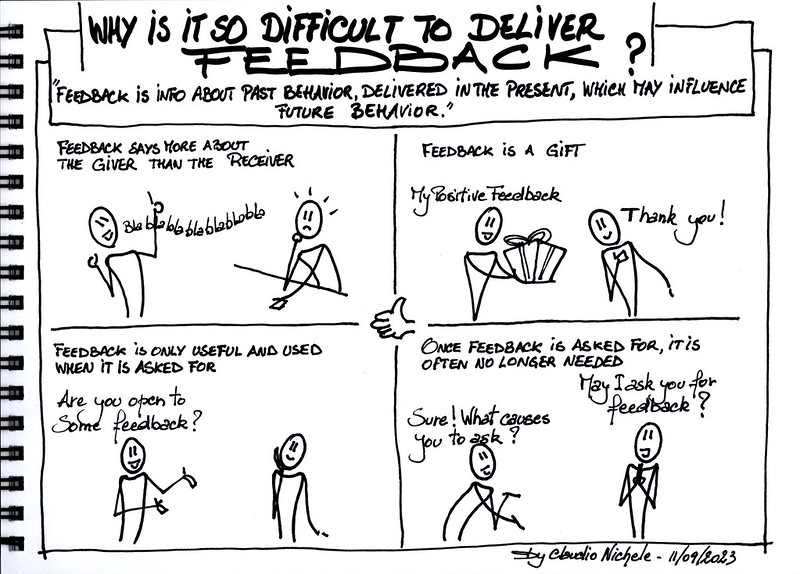After 6 editions organised in Europe (*), the 2024 International Sketchnote Camp (ISC) crossed the Atlantic to be held in San Antonio, Texas, and was tagged with ISC24TX. The venue and the location (the University of the Incarnate Word in San Antonio – Texas, close to Mexico but still in the United States), and of course the majority of participants coming from the American continent influenced the three days of the ISC with an American-Tex-Mex touch; “Howdy, Claudio! :-)”. But this was also the case at the last ISCs with their own national touch.
It took me some time to put down on paper my deepest takeaways from the ISC24TX. Here they are.
The gratitude feeling
I have a great feeling of gratitude towards all those who allowed me to live the ISC experience. First the organisers who gave their heart and soul to welcome us and created this caring environment where sharing could take place, Prof Clayton, Mike Rohde, Steve Silbert and Ben Norris. Then to all participants, those present in the rooms of the university and those online, for the gifts they gave me (see next takeaway). I am immensely grateful to my family who helped and supported me to participate in this event far from home.
The intangible gifts
As a participant, I could already be satisfied with the goodie bag we received. It was full of items that make any sketchnoting geek crazy. What I learnt from the workshops may also have satisfied me. But the most precious gifts I’ve received are the intangible ones, the ones that participants give each other, at least to me: an incredible recharge of energy, inspiration, creating together, the care and kindness, and the joy of being there.
The precious connections
The connections I make at a sketchnote camp, and again at the ISC24TX, are precious. Whether it was:
- reconnecting with old friends I hadn’t seen in real life for a long time (Mike Rohde, Prof Clayton, Rob Dimeo, Lorraine Kasyan, Ania Staśkiewicz, Peter Schmitt, Nathalie Grob, Joanna Redzimska)
- connecting with new people, all interesting and beautiful persons (Alejo Porras, Emily Mills, Ben Norris, Ximena Vila Ferral, Cote Soerens, Ari Alvarez, Gabriela Borowczyk, Ola Krawczyk, Georgina Dean, Sarah Pressler, Omar Lopez, Shelaine, Raj Solanki, who else am I forgetting?),
- thinking of all the visual thinkers friends who couldn’t be there but with whom I had a virtual connection in my heart (the list would be far too long to mention them all, so just Steve Silbert, Mauro Toselli, Sabine Soeder, and my Belgian friends with whom I organised ISC21BE).
I also really appreciated the connections between people and knowledge that are made through sharing skills and experience in workshops and informal conversations, such as on metaphors, mindful sketchnoting, archetypes, sketchnotes in presentations, hatching, and the business of graphic recording.
And what about the connection with San Antonio’s Tex-Mex culture? Thanks to my walks in the city, the fantastic night on a barge along the River Walk tasting typical Tex-Mex dishes, the great presentation of the city and its culture by Prof Clayton during his opening speech, the sketchnote loteria led by Ximena, and “El Marko” Neuland markers.
The sketchnoting community
This is probably my most biased takeaway because the sketchnoting community means a lot to me. At the European Commission, I work on building communities of practice. Therefore, I see the potential of our community and the great challenges we face. That gives me a mixture of feelings. On the one hand, it was a real joy to see our global community of sketchnoters come alive during the three days of ISC24TX, with a multicultural group of diverse backgrounds and practices in the room, with new members meeting the old, and everyone sharing, caring and learning from others. That’s what a community of practice is all about. But at the same time, I can’t help but feel that our community is still in its early stages, and there’s much more to do to make it strong and sustainable.
These are my takeaways from the 2024 International Sketchnote Camp. The next post is a follow-up to this one with my thoughts on how we could evolve as a community of sketchnoters. I am very interested in your opinion, please feel free to share it.
(*) Previous ISC editions

ISC24TX – 7th International Sketchnote Camp, San Antonio, Texas [Learn more]
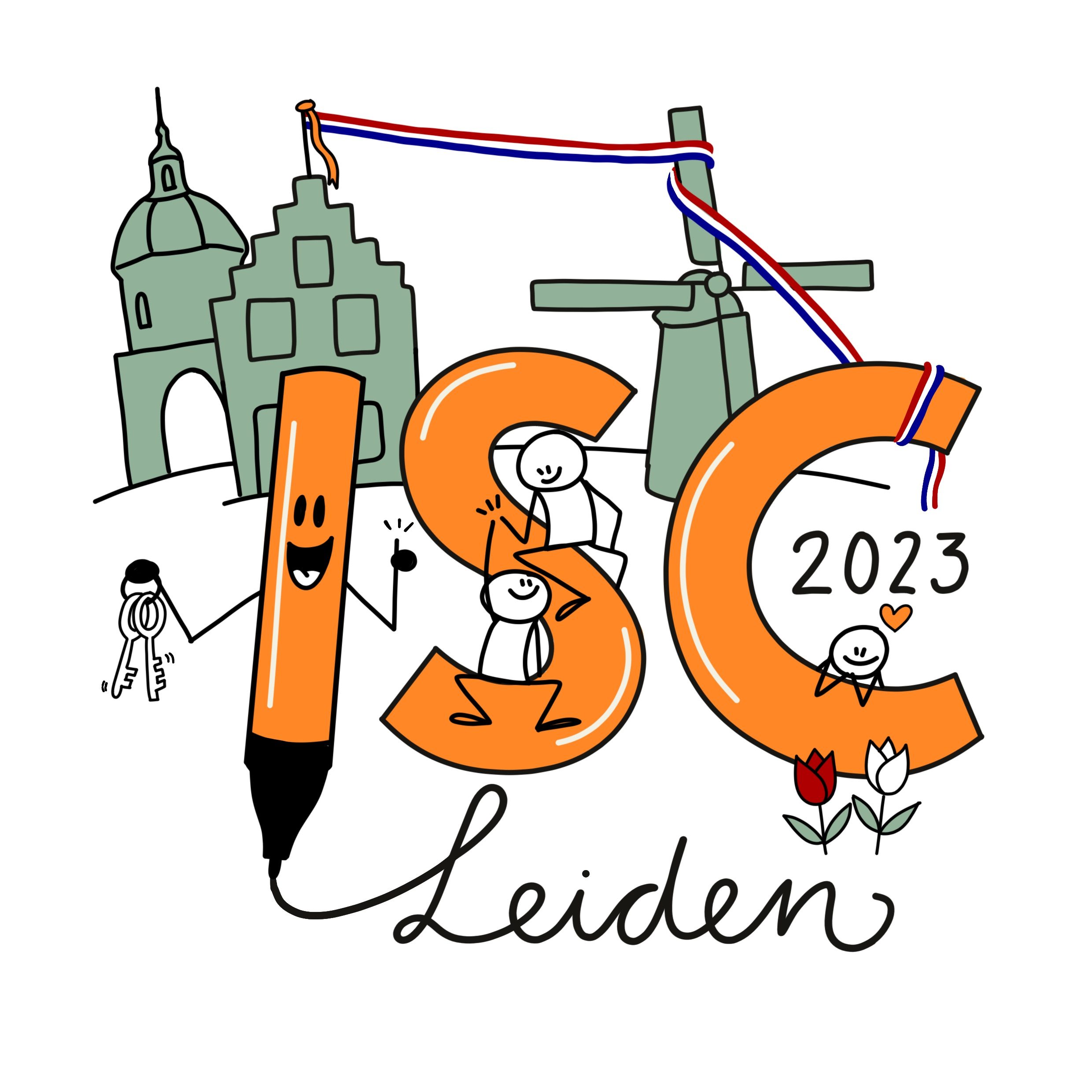
ISC23NL – 6th International Sketchnote Camp, Leiden, the Netherlands [Learn more]

ISC22PL – 5th International Sketchnote Camp, Szczecin, Poland [Learn more]

ISC21BE – 4th International Sketchnote Camp, Brussels, Belgium (full online due to the Covid pandemic) [Learn more]
ISC20BE – No ISC in Brussels, Belgium, as planned due to the Covid pandemic

ISC19FR – 3th International Sketchnote Camp, Paris, France

ISC18LX – 2nd International Sketchnote Camp, Lisboa, Portugal [Learn more]

ISC17HH – The first International Sketchnote Camp, Hamburg, Germany





